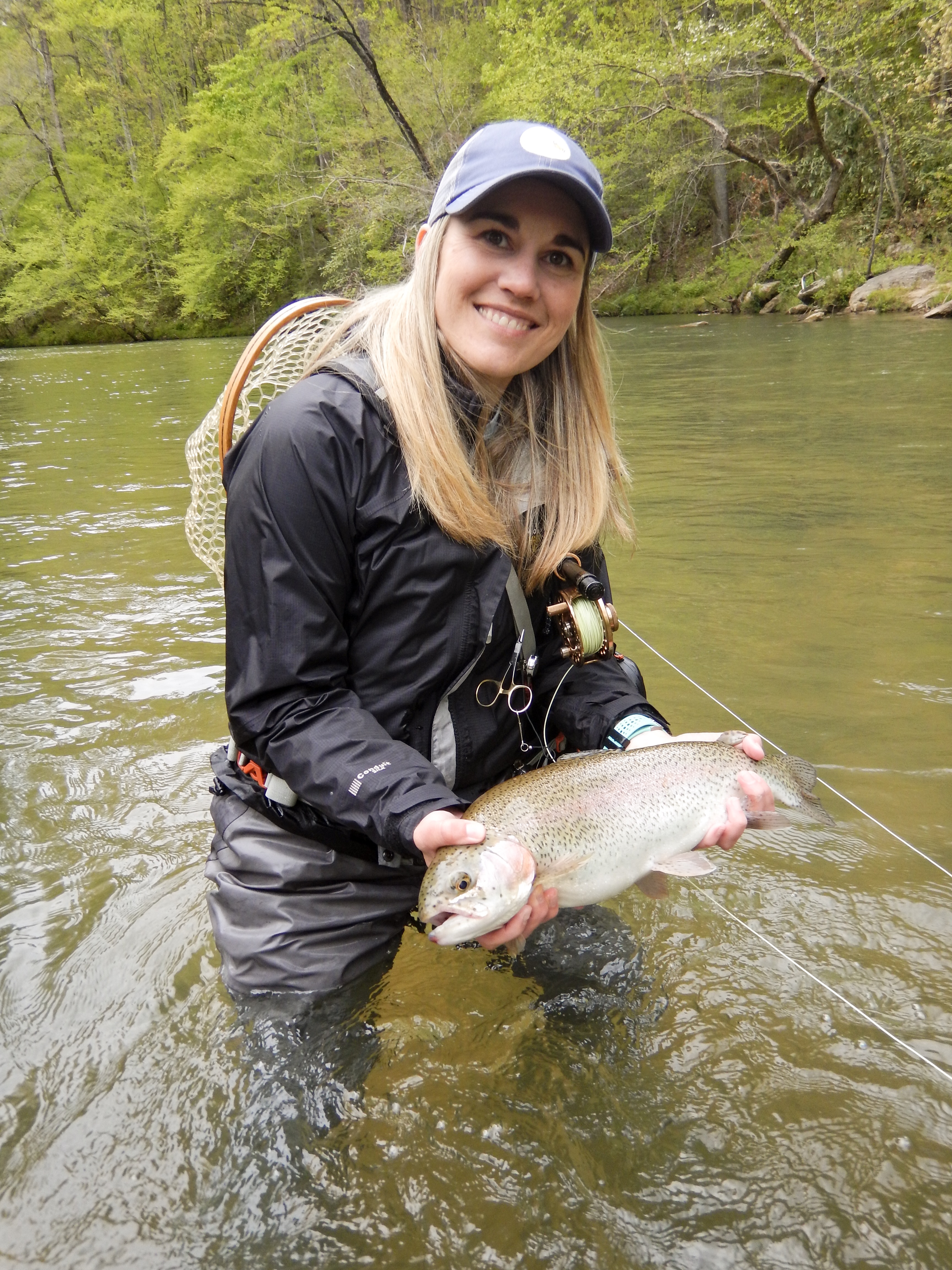In Part 2 of our summer science series, outdoor mom Corey Hunt shares how to create a DIY ant farm with your kiddos at home.
My kids are always asking for a new pet. As a family with three retrievers, we are pretty much maxed out.
Last summer, I caved, and we housed a small bream for several months (learn how to do this here).
When they started begging this spring, we looked no further than our front yard. There, in the dirt by the mailbox, we found a colony of ants that would be the perfect pets for spring break.
My knowledge of ants is limited and only includes how to keep them out of my home. After researching our new projects, I learned that the ants by our mailbox are called Sugar ants. These insects are 1-3 mm in length and do not have a stinger. They will use their mouths to bite when threatened, though. We successfully collected about thirty and to my surprise, they are flourishing in their new space.
Building your own DIY ant farm requires just a few materials and takes less than ten minutes to assemble in four easy steps.

Step 1: Choose Containers
Gather two clear plastic containers or glass containers with plastic lids or metal lids you can poke holes in, one larger and one small enough to fit inside with a lid attached. Ants tunnel at night, and if you fill a container with dirt they will tunnel in the middle of the container. If you want to see their work, the space for tunneling must be narrow.
Next, poke or drill small holes for air in the lid of the large container. The holes need to be small enough that these tiny ants won’t escape. 
Step 2: Assemble the Dirt
If the ants you want to collect have enough dirt to fill the container, use that. Our ants had barely used any, so we used a mix of soil and sand. The soil will hold in moisture, and the sand will be sturdy enough for the ants to tunnel through.
Using a small spoon or shovel, arrange the dirt in the space between the two containers, leaving enough room at the top for the lid to attach securely.
Step 3: Find the Ants
As I mentioned before, we gathered small ants that did not sting. Many ants in our area have stingers so depending on what type you harvest, consider wearing gloves for protection.
Initially, we tried coaxing the ants out using a jelly bean, but they weren’t interested. Instead, we scooped them into the top of our container with a plastic spoon. They were very quick, and we managed to contain about thirty ants and two eggs.
Some sources state worker ants will die off in 3-4 weeks without a queen present, so we are hoping one of the eggs is a female.
Step 4: Add Nutrients
It goes without saying that Sugar ants love sugar. We fed our ants drips of honey, jelly or pieces of fruit every couple of days. Ants can drown in standing water, so we placed a sponge with water on the top of their container but a moist cotton ball would work too. Since the container has a lid, the sponge only needs to be moistened every couple of days.
Watch your ants work and thrive!
Our whole project took 10-15 minutes to assemble, including gathering the ants. It took about three days before we could see signs of them tunneling through their dirt. After several days of no ants escaping, we brought them inside to keep them warm in our changing springtime weather.
If you do this experiment in the summer, make sure the container is never in direct sunlight, or it will get too hot for your ant colony.
Ants are a fun way to experience nature up close and make good short-term pets.







